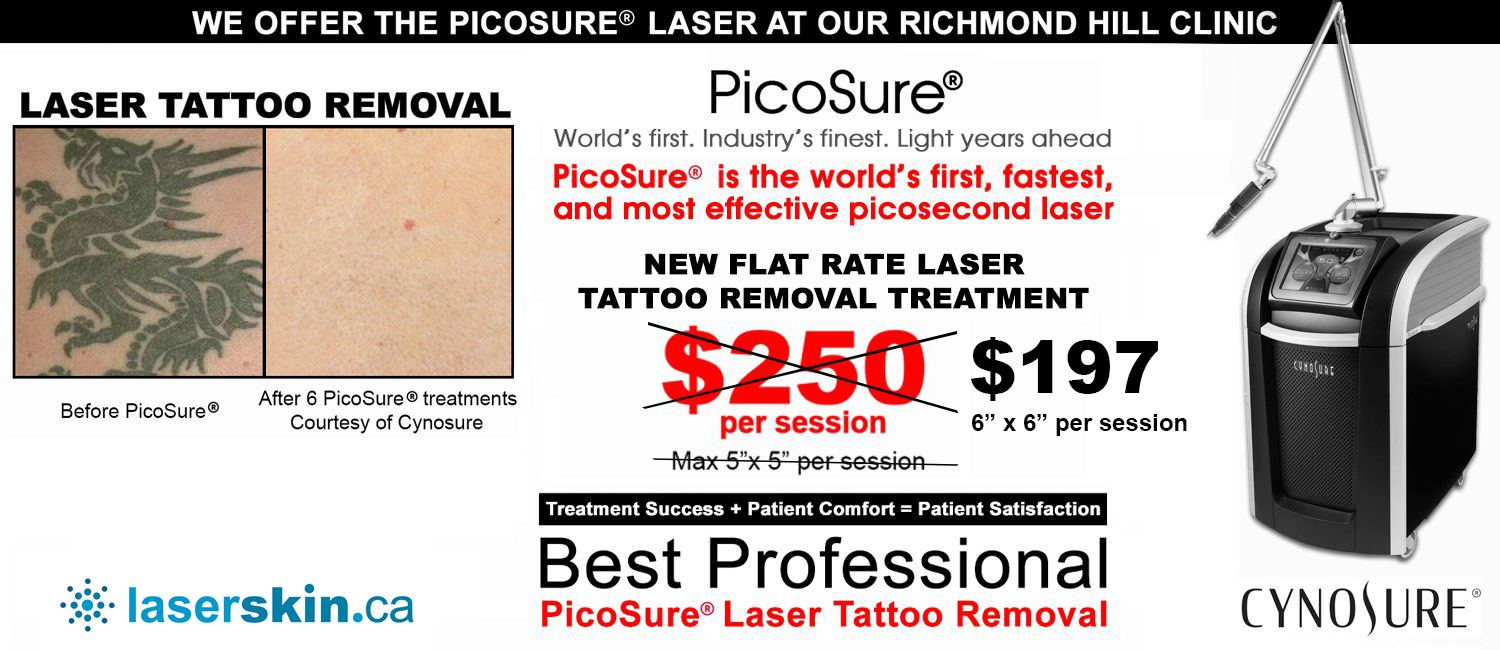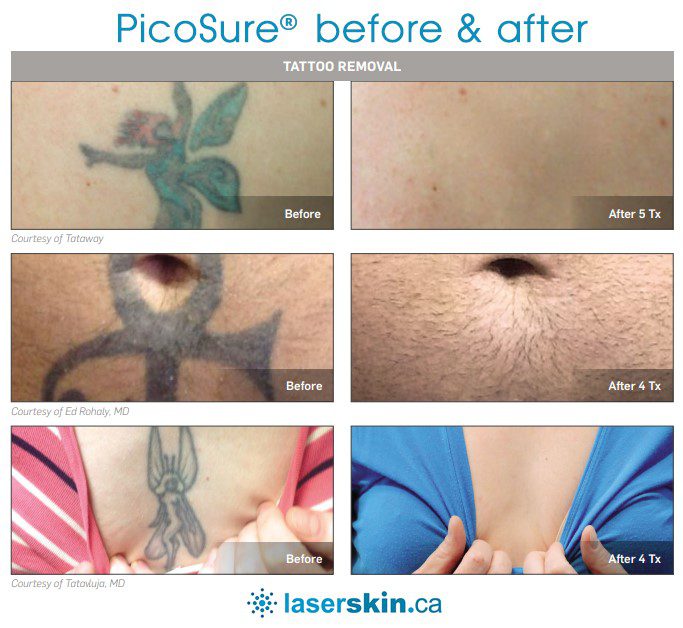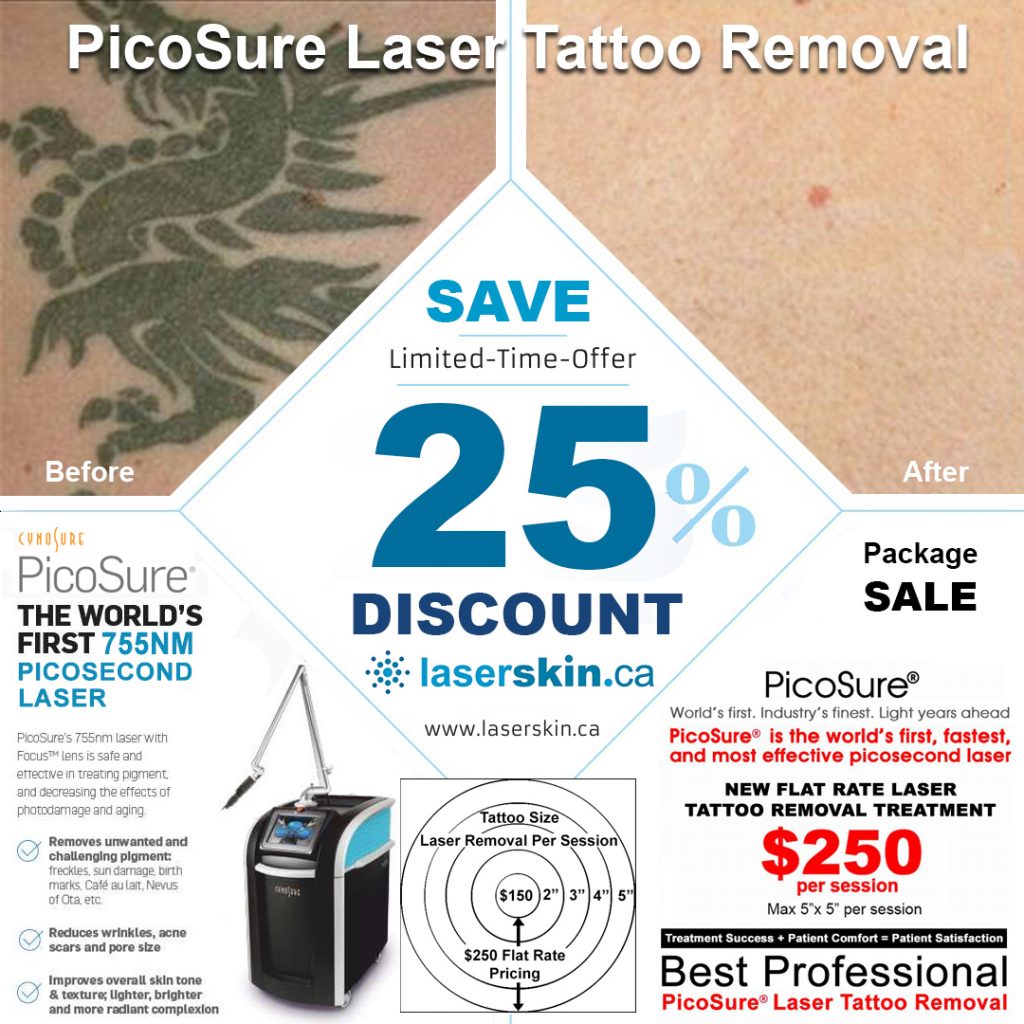Infected Tattoo – Infections in Tattoos;
This article addresses infected tattoo – infections in tattoos and the safety measures you should be aware of before getting a tattoo. Nowadays, tattoos are commonplace in our daily lives. The globe has been swept up by tattoo culture. Due to pressure from the media and society to be unique, it has grown in popularity and demand. The world’s growing acceptance of the tattooing community is a fantastic development.
Naturally, as demand for tattoos increases, so does the number of tattoo artists. Having said that, people looking to get a tattoo should be informed of the required licensing requirements and shop sterilization. Infected tattoos can happen whether it’s your first tattoo or you’re an experienced pro. Knowing the signs of an infected tattoo and when to seek extra medical help are crucial. In this post, we’ll also go over the symptoms of an infected tattoo, the factors that contribute to tattoo infections, treatments for infected tattoos, and symptoms of laser tattoo removal infections.
How do you know if you have an Infected Tattoo?
Infected tattoos are caused by germs getting into the open womb from a tattoo, which frequently results in rashes, rough skin, swelling, inflammation, or redness surrounding the tattooed area. A certain amount of redness, swelling, and inflammation is common throughout the tattoo healing process; however, if these symptoms worsen or last for longer than a few days, you most likely have an infection. Here are a few things that can cause infected tattoos to occur.
Causes of Infections in Tattoos;
What signs does an infected tattoo have? As previously indicated, infections frequently result from the body’s broken skin being exposed to germs, viruses, or other undesirable elements. The following are the causes of Tattoo infection:
Polluted Ink: This category includes tattoo ink that has gone bad, has been contaminated by a used needle or was manufactured at home.
DIY Kits: DIY kits frequently include stick and poke tools that might be challenging to adequately disinfect. Additionally, you’re more likely to get tattooed by an untrained tattoo artist in an unclean setting, such as your friend’s basement.
Inadequate Aftercare: One of the main causes of tattoo infections is inadequate aftercare. To prevent infections in the tattooed region, most tattoo artists will offer aftercare instructions. If the customer does not fully adhere to the aftercare advice, infections may result. It’s crucial to follow the aftercare instructions given by your tattoo artist.
Unhygienic procedures: Infections in tattoos can be brought on by reusing tools, improperly sterilizing the station between customers, failing to wear gloves, and improperly washing and securing the tattoo.
Unlicensed Tattoo Studios: Licensed tattoo parlors are subject to health department inspections and must adhere to strict hygienic and security standards to operate. It is possible that an unauthorized tattoo parlor does not follow the sanitary and safety regulations put forth by health organizations.
Immune system weakness: Some people may be sensitive to the ingredients in ink. It’s crucial to know what’s in the tattoo ink your artist uses and whether any of the substances cause you an allergic reaction. Because tattoo ink is not FDA regulated and may contain ingredients that are not stated, it is crucial to find a trustworthy tattoo artist who utilizes high-quality tattoo ink.
Treatments for an Infected Tattoo
It’s critical to first and foremost see your doctor if you think your tattoo is infected. Some typical remedies for infected tattoos are listed below.
Antihistamines: Antihistamines help lessen swelling, redness, and inflammation; hence they are advised for use when there is inflammation. Allegra, Claritin, Benadryl, and Zyrtec are a few popular antihistamines to take.
Over-the-Counter Medicine: Tylenol and other medicines can help to lessen the swelling, redness, and inflammation associated with infected tattoos.
Topical Creams: Topical creams are ideal for hydrating the tattooed area and minimising infection symptoms like redness and inflammation. Petroleum jelly is another excellent choice.
Additional Remedies for Infections in Tattoos :
If you have any concerns about infections in tattoos, speak with your tattoo artists.
- Consistently wash the tattoo with warm water and mild soap.
- Pat the itch where it occurs while wearing gloves to prevent scratching the tattoo.
- Prevent pet hair, dust, or other contaminants from getting on your bed sheets and touching the open tattoo.
When Should I Visit a Doctor About an Infected Tattoo?
You should see a doctor if you start to have any unusual scabbing, fever, hot and cold chills, or if the tattoo starts to ooze. Antibiotics are usually effective in treating infections in tattoos, but if your rash or swelling persists for longer than a week after receiving antibiotics, you may want to think about having the infected tissue removed.
Infected Tattoo Stages:
The early stages of a certain tattoo infection are listed here to assist you to identify and halt the spread. The American Academy of Dermatology Association provided supporting information listed below.
- Infection
An infected tattoo may develop right away or up to six months later. If the tattooed area gets darker rather than lighter over time, if the pain gets worse rather than better, if a rash or itchy bumps appear, if you start to get a fever or hot and cold chills, if pus starts oozing out of the tattoo, or if the tattoo turns into an open sore, these are all signs that an infection is starting to develop. To avoid infections like staph, it’s critical to act and visit your doctor right away if you experience any of the following responses.
1: Rash Caused by Allergic Reaction:
Any time throughout the life of a tattoo, you could develop an allergy to the ink. Whether years have passed or not, you could experience allergic responses to a tattoo. An antiviral medication or joint replacement surgery, for example, are two examples of medical procedures that frequently cause allergic reaction symptoms to appear.
Red is the colour that causes allergic responses the most frequently in tattoos. Allergies are frequently caused by red ink’s greater concentration of metals, which is one of its main constituents. Indications of a tattoo allergy include the appearance of a rash, redness, swelling, inflammation, blisters, lumps, flaky skin, or watery fluid oozing from the tattoo. We suggest speaking with a physician or dermatologist about your alternatives if you start to detect an allergic response arising from your tattoo.
2: Blistering
When a tattoo is healing, it’s common for blistering to develop. However, if your tattoo still blisters a few days later, it’s probably due to an infection. It is advised to keep the tattoo clean by washing it with warm water and a light unscented soap, to keep it covered while it is still exposed and out of the sun for a few days, and to keep it out of water while it is healing. We advise you to speak with your doctor, who can suggest a potent topical cream or antihistamine prescription to lessen the blistering. We often advise washing the treated region and draining the blister at the base with a sterile needle when blisters develop after tattoo removal. Then, to ensure good healing, we advise cleaning the treated area once again and keeping it covered.
Signs of Infections in Tattoos:
The tattoo healing timetable will be broken down in the following part to assist you to identify the symptoms of infection at each stage of the procedure.
Immediately after your Tattoo Session:
Your body begins the healing process as soon as you get a tattoo. To prevent bleeding and prevent any pathogens from getting into the open womb, the tattoo artist should bandage the area and cover it with saran wrap to collect the blood and plasma that your body will excrete. Before cleaning it with gentle, fragrance-free soap and covering it once more, you should keep the tattoo wrapped for 5–6 hours. If you carefully care for the tattoo at this point, you shouldn’t notice any infection symptoms. You’ll feel some little irritation, swelling, redness, and pain.
- First few days: Sore and Oozing;
The first few days will be painful, and your body will continue to expel plasma to mend the open womb. Although some redness, swelling, and inflammation are common at this point, you should watch out for the appearance of pimples, blisters, or a rash around the tattoo.
Infected tattoos can appear tiny at this point, but it’s vital to watch for signs of infection, such as escalating pain or swelling or redness, and to get medical attention as soon as possible to stop the infection in its tracks.
- Second week: Scratching and Itching;
The tattoo would have been exposed to the air and no longer covered by week two, allowing it to begin drying off and healing. The tattoo will likely scab and itch during this stage, but it’s crucial to keep an eye on how much and how badly it stings.
You probably have an infection that requires medical care if the scabbing starts to turn red and irritated. To prevent the spread of infection, you should seek emergency medical assistance if your tattoo is seeping or developing an open womb. Keeping the tattoo clean and hydrated is crucial at this point to prevent infection. It is important to refrain from picking at the scabbing, keep the tattoo moisturized with an unscented lotion, and attempt to keep dirty hands, pet hair, and heavy perspiration away from the area.
Before the scabbing period has ended and the new skin has formed, it is best to avoid exercising and excessive sweating. Additionally, you should refrain from swimming in any body of water while the treatment is still in progress.
- Days 14 through 30: Dull and Dry;
This ought to be the last stage in the healing of your tattoo. Your skin ought to feel slightly dry and have grown a fresh layer of defense. Your tattoo should be significantly less swollen, red, and inflamed at this point. Scabbing should be almost completely gone. At this point, infections might appear as a rash or small pimples close to the tattoo, inflammation, uncomfortable swelling, and persistent redness. A tattoo allergy is most likely the result of an infection at this time, which requires medical attention to adequately treat. At this point, keeping it clean and moisturized with an unscented lotion will help you avoid infections.
Signs of Infections in Tattoos after laser Tattoo Removal:
There is a laser tattoo removal procedure available if you decide after getting the tattoo that you no longer want it on your body. Infections in tattoos can develop following laser removal, just like they do during getting the tattoo.
Like getting a tattoo, laser tattoo removal requires healing. Improper tattoo removal aftercare might result in an infected tattoo. When you have any queries or worries concerning the healing process, it’s crucial to speak with your laser technician.
To prevent infections, the tattoo must be thoroughly cleaned and cared for after laser tattoo removal, which turns it back into an open womb. Tattoo infections and infections after laser tattoo removal can sometimes have similar appearances.
FAQs:
- What happens when you have an infected tattoo?
Untreated tattoos are susceptible to infection. Infected tattoo stages start with infected skin being painful, heated, and red. Pus may also come out of it. You could contract a blood-borne infection like hepatitis B, hepatitis C, tetanus, or HIV if the tools or ink your artist used were contaminated.
- How easily can a tattoo become infected?
Although infections in tattoos are not prevalent following tattoos, other complications can happen. These responses consist of: Current skin conditions like psoriasis may develop new symptoms or worsen existing ones. Reactions on the skin, including photoallergic dermatitis and allergic contact dermatitis.
- Does an infected tattoo get ruined?
Consult a doctor right away if you suspect you have an infected tattoo. A tattoo infection can be serious, just like any other infections. An infection can potentially destroy your new tattoo if it is ignored for an extended time.
4. what are the signs of infected Tattoo?
The signs of an infected tattoo can include redness, swelling, warmth, pain, and discharge or pus coming from the tattooed area. In some cases, you may also experience fever or chills.
Conclusion :
You now understand the symptoms of every stage of an infected tattoo as well as how to spot infections related to laser tattoo removal. Reputable businesses will reduce your risk of getting an infection from a tattoo, so keep that in mind when investigating tattoo parlors and laser tattoo removal centres. Visit our Laser skin clinic in Richmond Hill, Ontario, if you’re interested in laser tattoo removal.
We use the industry Gold Standard Picosure laser tattoo removal. Please book a free consultation at https://laserskin.ca/contact-us for a free consultation.



